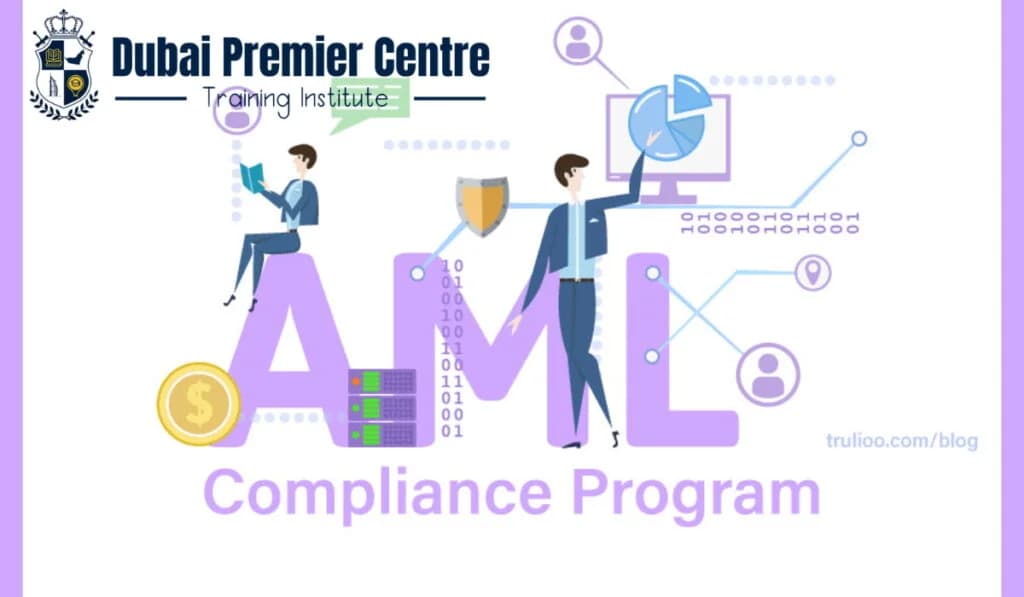What are global AML regulations? Everything you need to know

International regulatory agencies, together with financial institutions and the government, maintain constant efforts toward worldwide enforcement of anti-money laundering (AML) regulations. The established economic policies ensure financial crime prevention alongside economic stability maintenance, along with transparent financial operations.
Money laundering prevention and identification stands as the core mission that AML rules aim to achieve by rendering criminal assets obtained illicitly legitimate-looking. The prevention of money entering the economy through robust anti-money laundering controls helps maintain worldwide financial institution stability and integrity. AML regulations promote strong relationships between companies and financial institutions and their clients because they build responsible transparency throughout transaction processes.
What are AML regulations?
Public bodies, together with international organizations, established AML regulations that serve to stop money laundering, along with terrorism funding and all other types of unlawful financial transactions. All countries possess their own separate anti-money laundering regulations. These laws share a single objective to stop actions that will present illegal conduct as legal.
Significance of global AML regulations
Security, along with legitimacy and financial stability for global systems, depends on AML laws because money moves quickly through borders. Proper AML regulations operate as security barriers to prevent illicit funds from entering legitimate financial institutions through rigorous inspection operations. The regulations discourage illegal practices that generate economic instability as well as endanger public welfare via money laundering and terrorist funding and various financial crimes.
The implementation of AML regulations creates an honest environment that simplifies trade and investment among nations. Through their oversight, financial institutions ensure that all money transactions meet international criteria and operate in a disclosed manner. Such movements boost stakeholder trust alongside investor faith and reduce dangers that affect both financial institutions and companies. The globalized market necessitates a full understanding and application of these rules.
What are global AML regulations?
The international anti-money laundering (AML) regulatory bodies serve to develop standards alongside policies and enforcement tools that fight money laundering and terrorist financing operations worldwide. These organizations define AML standards while ensuring financial compliance through their control of sectors at all regional, international, and national levels.
1. Financial Action Task Force (FATF)
The Financial Action Task Force serves as the top international agency between governments that works to prevent money laundering with terrorist financing. The organization was established in 1989 when it brought together two global organizations and 37 member states that collectively protect the world's main financial centers. The FATF issues updated recommendations to establish global anti-money laundering and counter-financing of terrorism standards that both financial organizations and member states need to abide by. The FATF monitors what each nation does to combat AML, which determines whether it stays on its current status or gets moved to either a greylist or blacklist.
2. The United Nations (UN)
The United Nations demonstrates crucial importance in global AML initiatives by adopting conventions and resolutions to fight money laundering and terrorist financing worldwide. International collaboration among member states receives encouragement through this framework, which provides countries with standards to establish AML legislation that follows international standards.
3. EU (European Union)
The whole EU territory maintains uniform AML regulations through its complete set of AML regulatory standards. The Sixth AML Directive (6AMLD), one of the EU's Anti-Money Laundering Directives (AMLD), places a strong emphasis on beneficial ownership transparency and collaboration across AML supervisory authorities. Uniform AML enforcement for European institutions depends on supervisory guidelines issued by the European Banking Authority (EBA).
Major jurisdictions' AML regulations
AML requirements have standard universal principles but national laws require country-specific economic adaptations according to regional socioeconomic factors. This section reviews AML regulations for strategic jurisdictions that include Middle Eastern and African (MEA) and Asia-Pacific (APAC) regions along with the United States (USA), the European Union (EU), and the United Kingdom (UK).
1. United Kingdom (UK)
Two legal authorities under the United Kingdom's anti-money laundering regulations exist in the Proceeds of Crime Act (POCA) and the Money Laundering, Terrorist Financing and Transfer of Funds Regulations. Businesses operating under POCA can exercise robust legal power for seizing illicit funds beyond money laundering rules, causing them to develop efficient procedures designed to stop money laundering and terrorist financing. Businesses need to maintain precise records under these rules while performing client investigations, and they must report suspicious actions to the National Crime Agency.
2. United States of America (USA)
Several public institutions, including state and federal regulators, maintain complex regulatory environments in the US for AML compliance. Federal laws set the minimum standards in AML, even though select states implement additional controls. The Financial Crimes Enforcement Network (FinCEN) maintains its position as one of the prominent federal financial institutions.
Asia-Pacific
Most nations across Asia-Pacific have established extensive anti-money laundering laws in Singapore, Hong Kong, and Australia. These governments enforce strong KYC rules combined with constant transaction oversight, as well as risk evaluation frameworks and requirements for reporting suspicious operations. These regulations follow guidelines set by organizations such as the FATF, which demonstrate a global dedication to preventing money laundering.
Challenges and future trends in Global AML regulations
Dealing with a variety of issues and keeping up with changing trends are essential components of navigating the global AML landscape. AML law harmonization, the influence of developing technology, the dynamic nature of financial crimes, and balancing privacy concerns are important among these.
The future of international AML legislation will be shaped by how these issues are handled and the opportunities they offer. The methods and instruments employed to combat financial crimes will also change as they do. AML compliance requires that both companies and authorities continue to be watchful, flexible, and progressive.
AML compliance and privacy in balance
The relationship between individual privacy and anti-money laundering compliance standards continues to be a complicated issue to manage properly. The General Data Protection Regulation, together with other regulatory frameworks, imposes both strict data security and privacy requirements. For AML compliance to be effective, the same data needs are often established. A key component of the AML strategy will continue to be finding the ideal balance between upholding legal requirements and protecting client privacy.
The changing character of financial crimes
The methods criminals use to evade AML regulations continue to advance since financial crime patterns change continuously. The continuous development of money laundering risks requires business operators and regulatory bodies to use similar adaptability in their approach to AML regulation and compliance protocols.
AML regulation harmonization
The process of global integration makes it essential to unify rules that address money laundering offenses between different legal jurisdictions. Local criminals can exploit regulatory differences globally between jurisdictions when fighting money laundering so such efforts often fail to achieve their intended goals. International organizations, including the FATF, play an essential role when it comes to advancing AML regulatory harmonization along with international cooperation.
Emerging technologies' effects
The field of AML undergoes continuous evolution due to developing technological advances that both create new operational challenges and enhance detection as well as prevention mechanisms. The regulatory change has resulted from new cryptocurrency channels, which have created challenges for money laundering initiatives.
The AML compliance program relies on what key factors?
A well-functioning compliance program depends on four main components, which consist of training efforts alongside risk assessment and independent testing, along with policies and procedures.
- Rules and procedures should address customer due diligence, identify high-risk customers, and continuously monitor, with risk assessment targeting money laundering and terrorist financing threats
- All employees should receive training on anti-money laundering laws and procedures. Lastly, to make sure the compliance program is operating correctly, independent testing must be carried out
The worldwide standards of AML compliance establish vital safeguards for financial institutions worldwide since they disrupt efforts by criminals to convert criminal money into legal business profits. The regulations mandate financial entities to perform customer identity verification while maintaining ongoing surveillance while reporting doubtful transactions and maintaining comprehensive documentation.
Dubai Premier Center Training Institute offers the Course in AML Compliance for Financial Institutions, designed to equip professionals with essential skills to detect and prevent money laund
Read Related Articles





